Ladies Mantle / Spring / Summer / Autumn / Edible
Ladies Mantle is a really easy to recognise plant, it can be eaten but it’s mostly used as a herbal medicine. It’s an herbaceous, perennial plant. That’s native to the UK, there are over 200 subspecies of Alchemilla vulgaris in Europe.
Common Names
Ladies Mantle, Nine Hooks, Bear’s Foot, Lion’s Foot
Botanical Name
Alchemilla vulgaris
Scientific Classification
Kingdom – Plantae
Order – Rosales
Family – Rosaceae
Physical Characteristics for Ladies Mantle
Leaves
The leaves are quite distinctive as they are hydrophobic and collect water droplets on their surface. They are roughly kidney shaped, corrugated and have between 5-11 lobes. Up to 10cm long.
Flowers
The yellow/greenish flowers are quite dull in appearance. Each flower is only around 3-4mm in diameter and they appear in clusters. They normally flower between summer and autumn.
Habitat
It’s a common plant and its most often found on dry, infertile, alkaline soils. Most often it’s found in gardens, hedgerows and woodland paths.
Known Hazards
None Known.
Could be Confused with
It’s a really easy plant to ID, it would be hard to confuse it with anything else.
Edible Uses
The leaves and the flowers can be eaten raw or cooked, although they do get a little tough and bitter when they get older.
Notes on Herbal Uses
Its main use is as an herbal medicine and it has been used by many cultures for centuries.
The plant contains salicylic acid amongst many other compounds, some that have been medically recognised.
The common name Ladies Mantle comes from its use in treating women’s reproductive systems. It is used to treat excessive and painful menstruation, vaginal discharge, fibrosis and endometriosis. It’s often used in late pregnancy to help strengthen the uterus.
In general the plant has wound healing, astringent, soothing, anti-inflammatory and anti-haemorrhagic properties and can be used for cuts, sore throats and diarrhoea.
The leaves and flowers would normally be prescribed to you in the form of a tea.
Extra notes from the Foragers
The name Alchemilla is said to come from its use in alchemy. It was believed that the water that collects on the leaves was the purest form of water and would turn base metals into gold.
References:



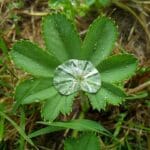
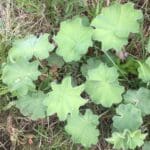
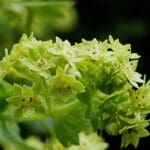
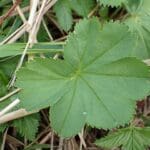
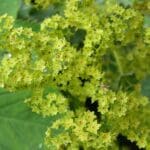
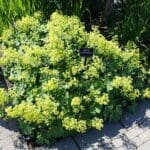



Leave a Reply
You must be logged in to post a comment.